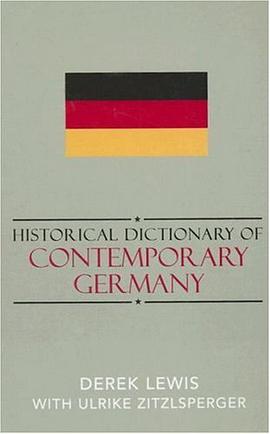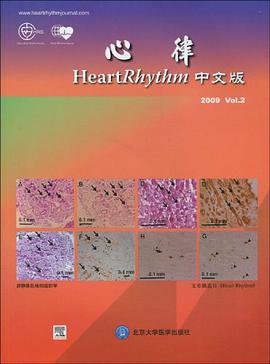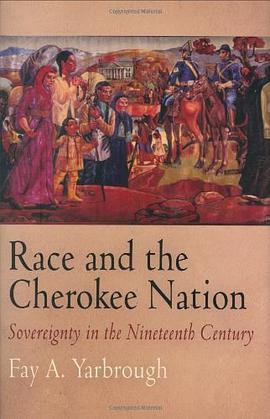

The Historical Dictionary of Contemporary Germany is designed as a reference work on the main historical, cultural, and social developments of the Federal Republic of Germany (FRG), also with some coverage of the German Democratic Republic (GDR). It covers the period from the Grand Coalition (1966-69) to the present day. (West) Germany has remained remarkably stable since the foundation of the FRG in 1949 and has become something of a model state in many respects: it is widely admired for the "social partnership" between industry and government that has promoted economic success alongside democratic structures, for its role of quiet leadership within Europe, and for its pioneering measures to improve and sustain the environment. The third largest country in Europe, as well as the most populous, Germany is regarded as a cornerstone of the expanding European Union (EU), a reliable partner in the North Atlantic Treaty Organization (NATO), and a democracy in which civil and human rights are respected. The Historical Dictionary of Contemporary Germany details the many changes that have occurred in the country since the end of World War II and the collapse of the Nazi regime in 1945. This is done through a detailed chronology, an introduction, appendixes, a bibliography, and hundreds of cross-referenced dictionary entries on some of the more significant persons, places, events, institutions, and organizations, as well as the political, economic, social, cultural, and religious facets.
具體描述
讀後感
評分
評分
評分
評分
用戶評價
相關圖書
本站所有內容均為互聯網搜索引擎提供的公開搜索信息,本站不存儲任何數據與內容,任何內容與數據均與本站無關,如有需要請聯繫相關搜索引擎包括但不限於百度,google,bing,sogou 等
© 2025 qciss.net All Rights Reserved. 小哈圖書下載中心 版权所有




















